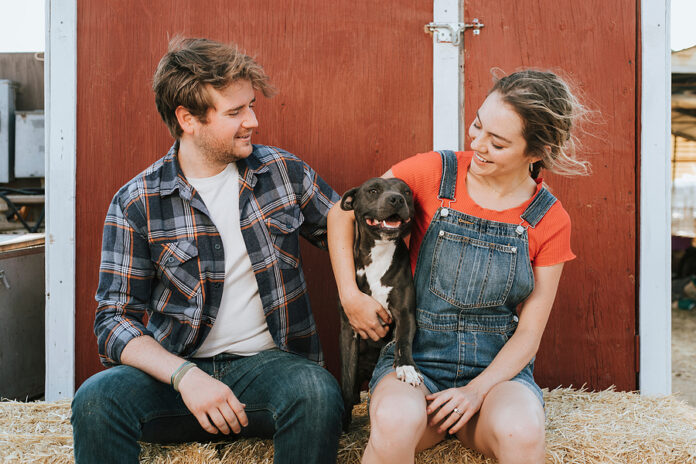
Pet ownership is increasing — and most of today’s pet owners (78%) acquired a new pet during the pandemic. As a result, the pet market is booming, showing no signs of slowing down.
And inflationary pressures aren’t curbing spending, with many pet owners staying loyal to their preferred pet food brands, even if it means paying top price for premium products.
This drives home the importance of providing high quality pet foods, treats, and services — not only are many customers willing to invest extra money in their pets, but it’s an opportunity for pet food manufacturers to build brand loyalty that withstands tough times.
Here’s a look at why pet owners are choosing (and sticking with) high-end food and treats for their companion animals and how pet food brands can make the most of the trend going forward.
Nearly half of pet owners spent more on their pets last year
Owning a pet is getting more expensive. Monthly costs per pet averaged $109.12 in 2022, and that’s just for necessities like food, litter, and toys. Food is a top expense for 36% of pet owners, second only to vet bills (51%). Nearly half (49%) of pet owners say they’ve spent more on their pet in 2022 than in prior years — not surprising, given that pet food prices have risen 15.2% over the past year (February 2022 to February 2023).
According to a pulse study from the American Pet Products Association (APPA), some pet food consumers are finding ways to save, including spending less on pet food (26%) and switching to different brands (27%). But, for many others, rising costs haven’t hindered their pet food and treat purchases.
The APPA study also found that most pet parents (66%) don’t plan to change their pet food spending habits if the economic situation worsens, and only 13% would trim down their spending. For treat purchases, more than half (51%) wouldn’t change habits, and 30% would spend less. They would, however, be more likely to cut back on things like toys (45%) and grooming supplies (39%).
The perfect pet food, even if it costs more, is an essential purchase
Pet food has proven to be one of the last categories where consumers will start making sacrifices when their dollars are stretched thin.
In a survey by 84.51° last year, more than half (52%) of consumers reported buying fewer non-essentials overall due to inflation, while 46% of consumers switched to less-expensive brands. However, only 7% of these respondents said they were cutting back on pet food purchases, and only 20% were willing to switch to lower-cost pet food brands.
In a separate survey, two-thirds of dog and cat owners said that even if their preferred pet food brand became more expensive, they wouldn’t make the switch to a cheaper alternative. It’s more likely that pet food purchasers will opt for smaller pack sizes instead of changing brands.
Why stay loyal to pet food brands when they’re cutting costs elsewhere? Many pet owners have invested a lot of time and resources into finding a food their pet enjoys and thrives on. Finding the right food for each individual pet can be a long process of trial and error. And common health issues like digestive upset, itchy skin and allergies, and arthritis make the process even more challenging.
Pets are family members. So once pet parents find the perfect food, higher prices often aren’t enough to convince them to switch.
Pet owners directing dollars toward premium, D2C brands
“Premium” foods are thriving under these circumstances, as many pet owners consider these high-end foods well worth the extra cost.
More education on pet nutrition is driving pet owners to be more selective and expect more from the food they purchase. They perceive premium foods to be a better option for their pets, as they offer higher quality ingredients to support their pets’ long-term health. Even better if those ingredients are natural, fresh, and offer functional benefits. And pet owners often become loyal to premium brands after seeing the results of feeding high-end foods — from a shiny coat to healthy digestion to increased energy.
Direct-to-consumer (D2C) brands are also growing as pet food trends toward customization. Their ability to offer personalized portions and diet plans, as well as subscription services, is especially appealing to new pet parents who want more direction on the best nutrition for their companions. And because this food is often tailored to a pet’s specific needs, loyalty to D2C brands is strong even when costs increase.
Many owners credit their pets with helping them through the pandemic, and they want to do more to prolong and enrich their pets’ lives, starting with the food they feed them. This emotional component of pet ownership is what’s driving the success of premium foods and personalized products during record high inflation. So pet food brands that want to build loyalty among customers will need to prove that they’re providing high quality nutrition that offers visible results in pet health and wellbeing.






